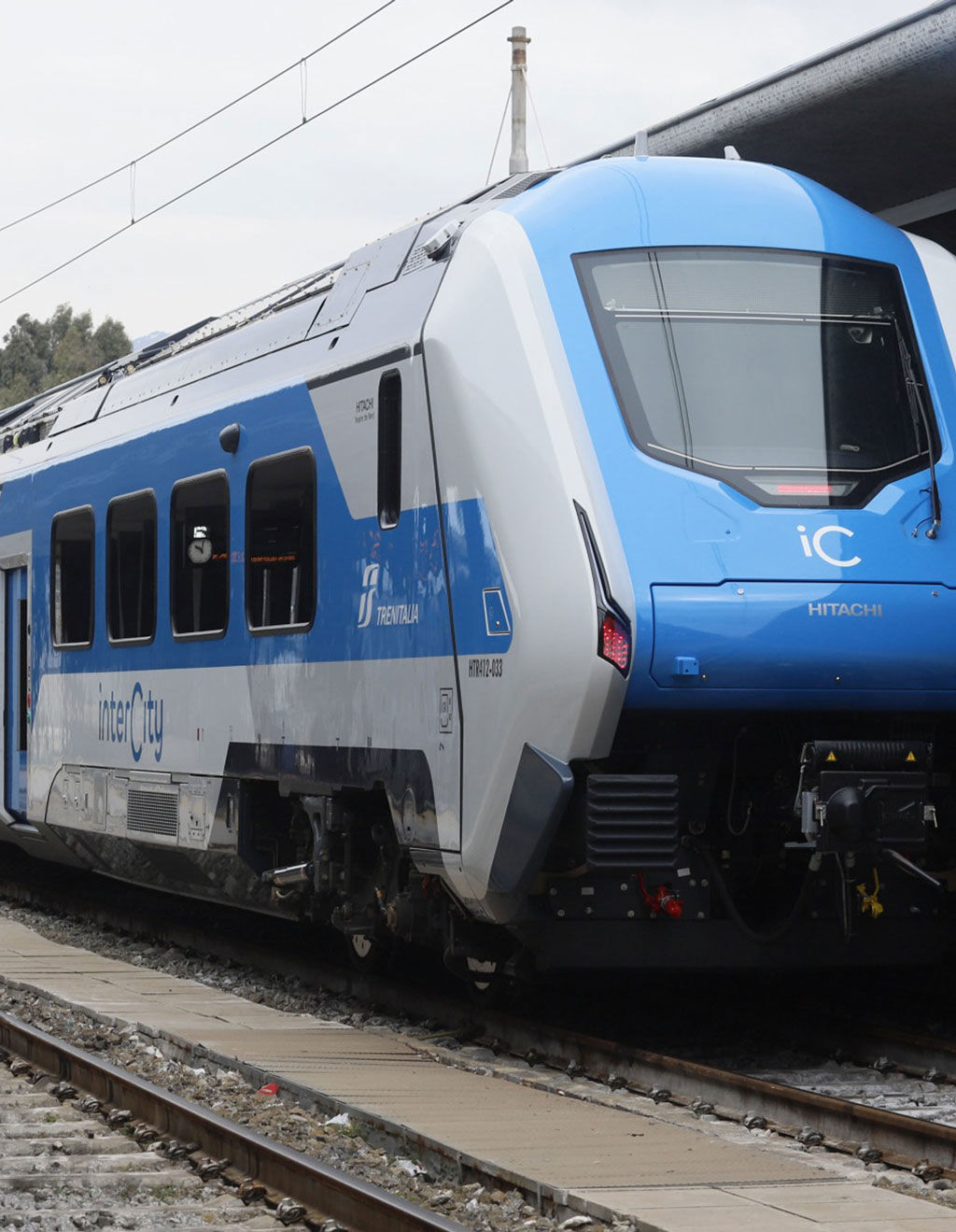

There is a country that is designing its future along the tracks of mobility. This is the path mapped out by the FS Group in its 2025–2029 Strategic Plan: one hundred billion euros of investment for a more sustainable, integrated and digital system, designed to make travel faster and more comfortable while creating new opportunities for growth.
Guiding us into this future in the making is Stefano Antonio Donnarumma, Chief Executive Officer and General Manager of FS Italiane Group, in the following interview. He offers a concrete look at industrial priorities and worksites—from Florence's High-Speed bypass to the Naples–Bari line and the Palermo–Catania–Messina backbone—as well as the technologies transforming travel: ERTMS across thousands of kilometres of track, enhanced connectivity along High-Speed lines, and energy efficiency measures led by FS Energy to stabilise costs and cut emissions. It is a national project that begins with the railways but reaches people directly: shorter travel times, more reliable service, more accessible stations, a network with better links to airports and ports, and stronger competitiveness for local areas.
Within this vision, the story is not only about infrastructure and numbers: it is also about experiences. That is the mission of FS Treni Turistici Italiani, the Group's new “leisure” initiative that brings back the pleasure of train travel. It offers high-quality, sustainable tourism that showcases local areas by blending historic railway heritage with modern comforts: reservable lounge compartments, an authentic dining and bar carriage, spaces for bicycles, and hospitality that begins at the platform and continues on board. The experience extends beyond the train with guided visits to cultural sites, excursions and tastings organised with local institutions and operators. The train becomes an integral part of the holiday once again: step aboard, and the journey truly begins. Among the services on offer, the Espresso Riviera links Rome and Genoa to the French Riviera and Marseille during the summer, while in autumn the Espresso Siena carries weekend travellers from Rome to Siena through UNESCO-listed hills, historic villages and vineyards.
The vision also looks beyond national borders. The “Metro of Europe” envisions a High-Speed rail network that connects the continent's major cities with the ease and frequency of a metropolitan service, offering passengers a seamless and recognisable travel experience even across borders.
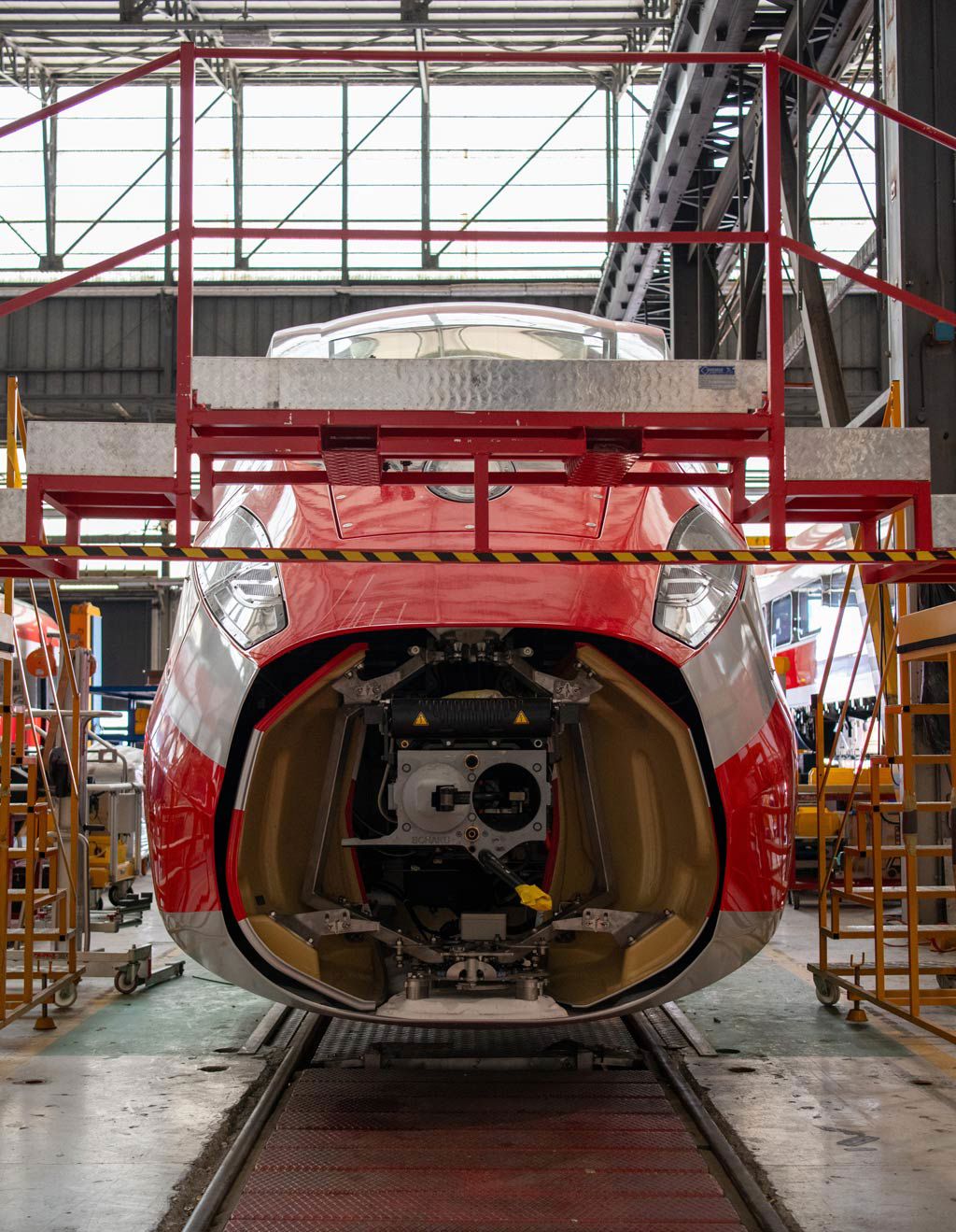
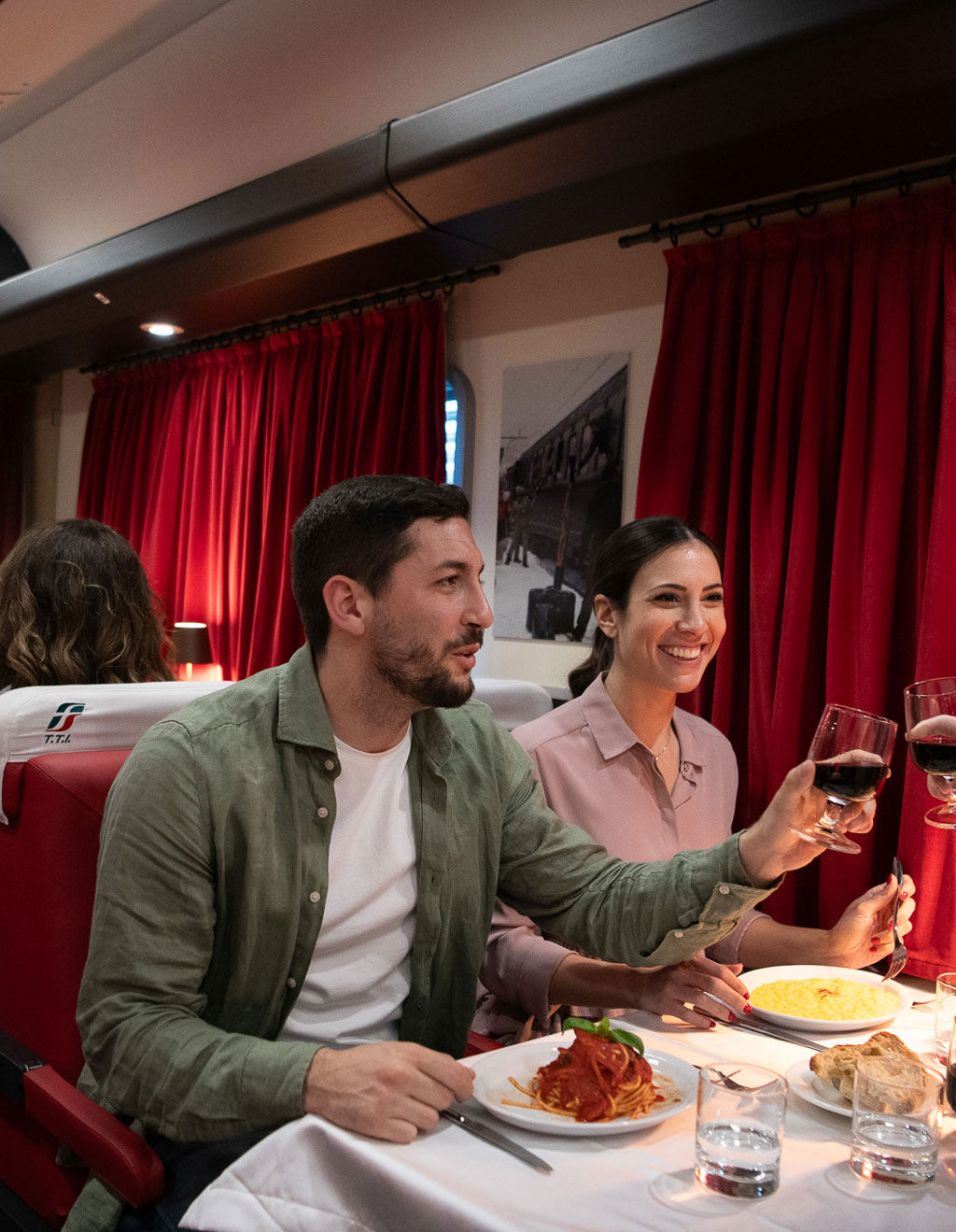
How does the FS Group's Strategic Plan integrate with the NRRP and what results have you already achieved?
The FS Group plays a central role in the infrastructural transformation and modernisation of Italian mobility. With public responsibility and long-term industrial vision, we unite territories, reduce gaps and strengthen competitiveness and sustainability, with concrete benefits for travellers: reduced travel times, more reliable services and greater comfort. With the 2025–2029 Strategic Plan, we have embarked on an unprecedented journey: €100 billion in investment to transform mobility. Over 60 billion is dedicated to infrastructure, because modernity and efficiency translate into renewed tracks, more accessible stations and faster connections. The NRRP is the accelerator of this transformation: we have already invested over 15 billion of the 25 allocated, fully in line with the European milestones. The Plan is being implemented on a daily basis: 1,200 construction sites per day, including maintenance and new works, are improving the network's reliability and capacity. This widespread presence across the country is the result of continuous, often silent work, which can be seen in the details: a more orderly infrastructure, more predictable processes, trains that run better. In 2024, we reached a record 17.5 billion in investments; in the first half of 2025, we were up 15% compared to the same period in 2024. The aim is clear: to build a more sustainable, integrated and digital mobility. In practice, this means being able to count on faster connections between metropolitan areas and regional capitals, smoother transfers between trains and other means of transport, and a more regular travel experience for those who study, work, travel for tourism or for family reasons. Behind every construction site, there is a promise kept: to move better and with less difficulty. Behind these big numbers are industrial choices that constitute a vision for the country and, above all, the desire to make every journey easier, more punctual and more comfortable.
What are the infrastructure priorities and how will they change the travel experience?
We think of infrastructure as a living network that breathes with the country. On the one hand, we are developing new lines and connections with airports and ports to promote intermodality; on the other hand, we are electrifying strategic lines such as the Ivrea–Aosta and the Ionian line, redeveloping 38 stations in the Centre-South and deploying ERTMS over 2,800 kilometres by 2026. The Florence high-speed link, which includes seven kilometres of underpass and the new Firenze Belfiore station, will separate the high-speed flows from those of Intercity and regional trains, freeing up capacity throughout the hub. The Terzo Valico is in the final phase with the first lots at the finish line this year; on the Brescia-Verona-Padua we are increasing the offer of High Speed, Regional and freight along the Milan-Venice axis, a crucial route for work, study and tourism. In the South, we are accelerating on the Naples–Bari line, which will reduce the travel time between Rome and Bari to about three hours and Naples-Bari to two hours, and on the Palermo–Catania–Messina line. With electrification, we are reducing emissions and energy consumption and making the service more efficient, even where the network was less efficient. Alongside the 'physical' works, however, we are also strengthening the digital infrastructure and network connectivity: on board, the connection service will be enhanced thanks to a network of antennas owned by us along all 1,097 kilometres of the High Speed line, with a first test on 50 kilometres by the end of the year. For travellers, this translates into speed, punctuality and comfort, and for the regions it means greater accessibility and competitiveness. For the country, on the other hand, it means opportunities, growth and international attractiveness.
Fleet renewal is one of the pillars of the 2025–2029 Strategic Plan. What are you doing in concrete terms?
Within the Plan's 100 billion, fleet renewal is the most tangible lever: more capacity, more comfort, more efficiency. The fleet is the most visible part of this change, as it is what people touch, see and live in while travelling. For the High Speed fleet, we are allocating more than €1.3 billion for 36 new trains, with an option for a further 10 trains, for a total of 46 vehicles. The first new-generation Frecciarossa 1000, designed by Hitachi Rail for Trenitalia's high-speed service, is currently being approved and will enter service by 2025. We expect about eight deliveries a year until 2028. We are bringing more capacity and quality to a service that has also become a model at European level. We are investing 525 million euros in Intercity, financed through the NRRP, for 38 new trains and an extensive renewal of medium and long-distance travel, including on less-served and non-electrified lines: 13 hybrid trains, 6 battery-powered trains and 12 electric trains capable of 200 kilometres per hour, in addition to the 7 hybrids already in operation. The first trains will be active from early 2026, with completion by June 2026. For the Regional network, the plan is worth 7 billion euros: 931 trains already delivered (of which 61 in 2025) and 1,061 by 2027. This is where the game of commuting, school and essential services is played. Improving the Regional service means improving the daily lives of millions of people.
What innovations do the new trains bring?
The new generation Frecciarossa 1000 trains maintain their unmistakable design and livery, but have renewed interiors and technologies: digital systems for travel and information on board, more efficient traction and a maximum speed of 300 kilometres per hour. On the environmental front, they are 97.1% recyclable (+2.7 points compared to the previous generation). They are designed to travel on seven European networks – France, Germany, Spain, Austria, Switzerland, the Netherlands and Belgium – because High Speed is increasingly speaking shared languages and standards. The new Intercity trains will offer higher performance, lower emissions and greater reliability even on mixed traction or non-electrified lines. This means bringing comfort and punctuality where technology has so far been less present, reducing the gaps between areas of the country. NRRP funds, with the REPowerEU mission, have made it possible to initiate a transformation that particularly affects the Centre-South and non-electrified lines. In terms of the Regional network, we are raising the standards of comfort, safety and sustainability. In concrete terms: more pleasant environments, more regular circulation, a more refined on-board experience. This is how confidence in the train is strengthened, day after day.
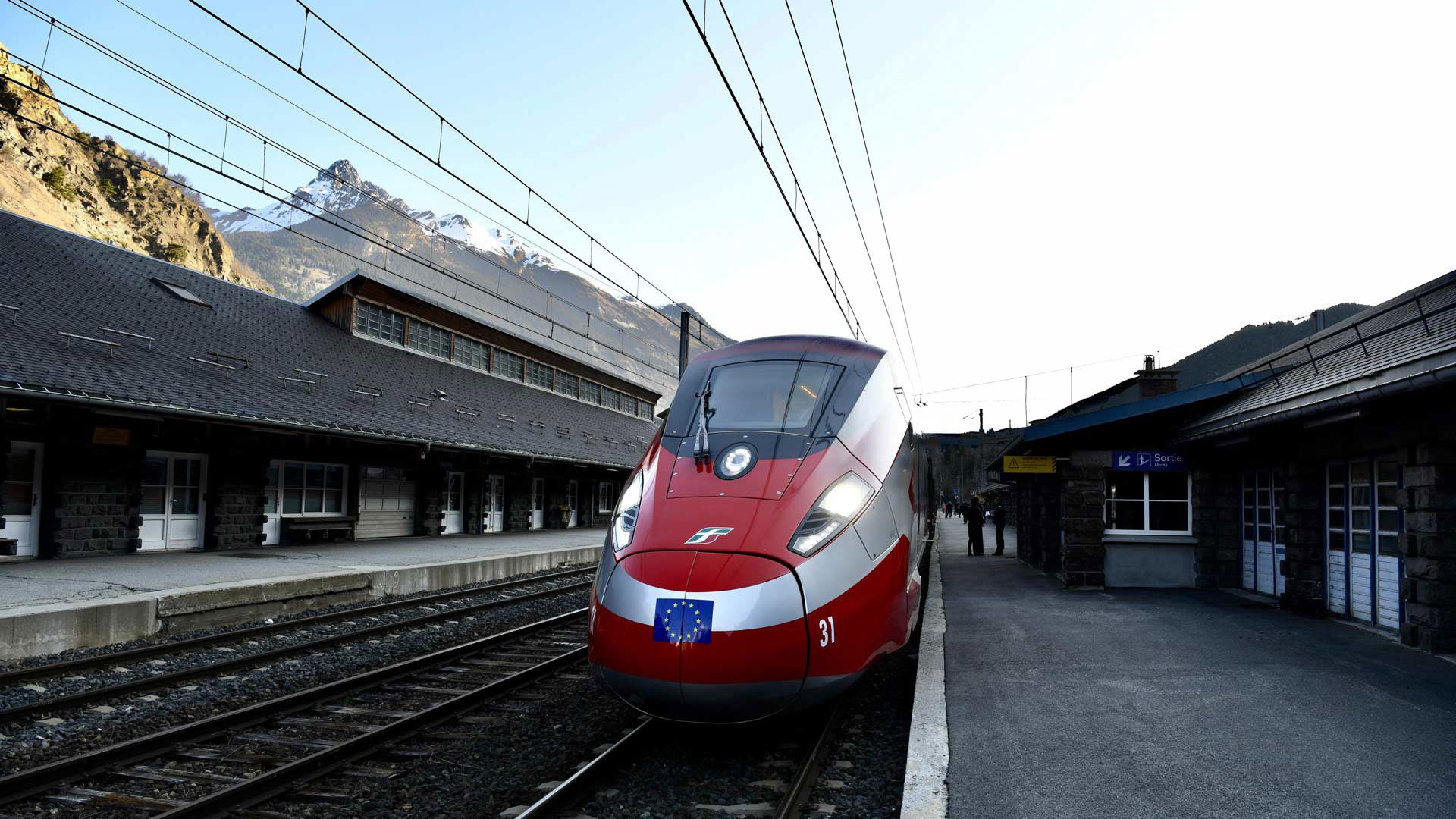
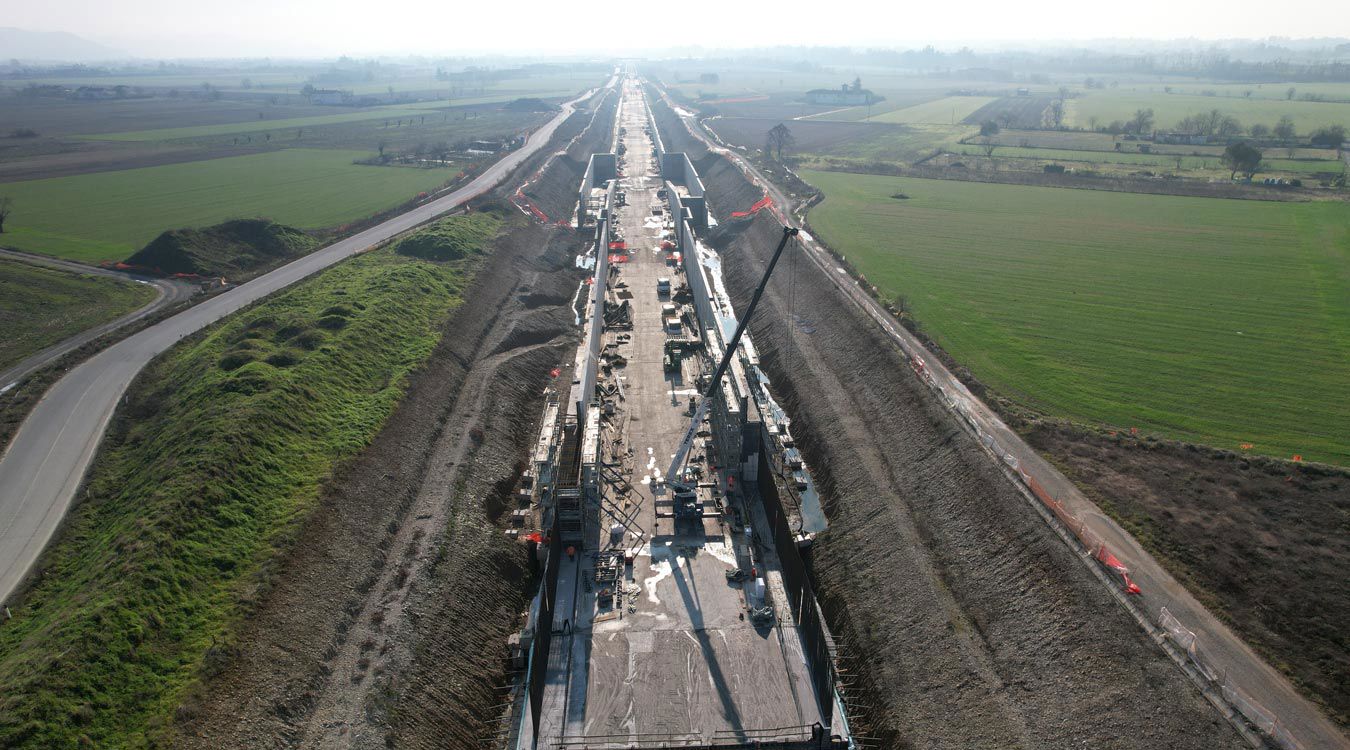
How does the FS Group's Strategic Plan integrate with the NRRP and what results have you already achieved?
The FS Group plays a central role in the infrastructural transformation and modernisation of Italian mobility. With public responsibility and long-term industrial vision, we unite territories, reduce gaps and strengthen competitiveness and sustainability, with concrete benefits for travellers: reduced travel times, more reliable services and greater comfort. With the 2025–2029 Strategic Plan, we have embarked on an unprecedented journey: €100 billion in investment to transform mobility. Over 60 billion is dedicated to infrastructure, because modernity and efficiency translate into renewed tracks, more accessible stations and faster connections. The NRRP is the accelerator of this transformation: we have already invested over 15 billion of the 25 allocated, fully in line with the European milestones. The Plan is being implemented on a daily basis: 1,200 construction sites per day, including maintenance and new works, are improving the network's reliability and capacity. This widespread presence across the country is the result of continuous, often silent work, which can be seen in the details: a more orderly infrastructure, more predictable processes, trains that run better. In 2024, we reached a record 17.5 billion in investments; in the first half of 2025, we were up 15% compared to the same period in 2024. The aim is clear: to build a more sustainable, integrated and digital mobility. In practice, this means being able to count on faster connections between metropolitan areas and regional capitals, smoother transfers between trains and other means of transport, and a more regular travel experience for those who study, work, travel for tourism or for family reasons. Behind every construction site, there is a promise kept: to move better and with less difficulty. Behind these big numbers are industrial choices that constitute a vision for the country and, above all, the desire to make every journey easier, more punctual and more comfortable.
What are the infrastructure priorities and how will they change the travel experience?
We think of infrastructure as a living network that breathes with the country. On the one hand, we are developing new lines and connections with airports and ports to promote intermodality; on the other hand, we are electrifying strategic lines such as the Ivrea–Aosta and the Ionian line, redeveloping 38 stations in the Centre-South and deploying ERTMS over 2,800 kilometres by 2026. The Florence high-speed link, which includes seven kilometres of underpass and the new Firenze Belfiore station, will separate the high-speed flows from those of Intercity and regional trains, freeing up capacity throughout the hub. The Terzo Valico is in the final phase with the first lots at the finish line this year; on the Brescia-Verona-Padua we are increasing the offer of High Speed, Regional and freight along the Milan-Venice axis, a crucial route for work, study and tourism. In the South, we are accelerating on the Naples–Bari line, which will reduce the travel time between Rome and Bari to about three hours and Naples-Bari to two hours, and on the Palermo–Catania–Messina line. With electrification, we are reducing emissions and energy consumption and making the service more efficient, even where the network was less efficient. Alongside the 'physical' works, however, we are also strengthening the digital infrastructure and network connectivity: on board, the connection service will be enhanced thanks to a network of antennas owned by us along all 1,097 kilometres of the High Speed line, with a first test on 50 kilometres by the end of the year. For travellers, this translates into speed, punctuality and comfort, and for the regions it means greater accessibility and competitiveness. For the country, on the other hand, it means opportunities, growth and international attractiveness.
Fleet renewal is one of the pillars of the 2025–2029 Strategic Plan. What are you doing in concrete terms?
Within the Plan's 100 billion, fleet renewal is the most tangible lever: more capacity, more comfort, more efficiency. The fleet is the most visible part of this change, as it is what people touch, see and live in while travelling. For the High Speed fleet, we are allocating more than €1.3 billion for 36 new trains, with an option for a further 10 trains, for a total of 46 vehicles. The first new-generation Frecciarossa 1000, designed by Hitachi Rail for Trenitalia's high-speed service, is currently being approved and will enter service by 2025. We expect about eight deliveries a year until 2028. We are bringing more capacity and quality to a service that has also become a model at European level. We are investing 525 million euros in Intercity, financed through the NRRP, for 38 new trains and an extensive renewal of medium and long-distance travel, including on less-served and non-electrified lines: 13 hybrid trains, 6 battery-powered trains and 12 electric trains capable of 200 kilometres per hour, in addition to the 7 hybrids already in operation. The first trains will be active from early 2026, with completion by June 2026. For the Regional network, the plan is worth 7 billion euros: 931 trains already delivered (of which 61 in 2025) and 1,061 by 2027. This is where the game of commuting, school and essential services is played. Improving the Regional service means improving the daily lives of millions of people.
What innovations do the new trains bring?
The new generation Frecciarossa 1000 trains maintain their unmistakable design and livery, but have renewed interiors and technologies: digital systems for travel and information on board, more efficient traction and a maximum speed of 300 kilometres per hour. On the environmental front, they are 97.1% recyclable (+2.7 points compared to the previous generation). They are designed to travel on seven European networks – France, Germany, Spain, Austria, Switzerland, the Netherlands and Belgium – because High Speed is increasingly speaking shared languages and standards. The new Intercity trains will offer higher performance, lower emissions and greater reliability even on mixed traction or non-electrified lines. This means bringing comfort and punctuality where technology has so far been less present, reducing the gaps between areas of the country. NRRP funds, with the REPowerEU mission, have made it possible to initiate a transformation that particularly affects the Centre-South and non-electrified lines. In terms of the Regional network, we are raising the standards of comfort, safety and sustainability. In concrete terms: more pleasant environments, more regular circulation, a more refined on-board experience. This is how confidence in the train is strengthened, day after day.
